38 organic food standards and labels the facts
Organic Production/Organic Food: Information Access Tools - USDA USDA Consumer Brochure: Organic Food Standards and Labels: The Facts. “What is organic food? Organic food is produced by farmers who emphasize the use of renewable resources and the conservation of soil and water to enhance environmental quality for future generations. Organic meat, poultry, eggs, and dairy products come from animals that are ... Organic food - Wikipedia Organic food, ecological food or biological food are food and drinks produced by methods complying with the standards of organic farming. Standards vary worldwide, but organic farming features practices that cycle resources, promote ecological balance, and conserve biodiversity .
Organic on Food Labels | FDA Oct 12, 2022 · For more information on the use of the term “organic” on food labels and USDA requirements, go to the National Organic Program website. Content current as of: 10/12/2022

Organic food standards and labels the facts
Organic foods: Are they safer? More nutritious? - Mayo Clinic Apr 22, 2022 · Also be careful not to mix up other common food labels with organic labels. For example, certified organic beef guidelines include pasture access during at least 120 days of grazing season and no growth hormones. But the labels "free-range" or "hormone-free" don't mean a farmer followed all guidelines for organic certification. organic food | Definition, Policies, & Impacts | Britannica organic food, fresh or processed food produced by organic farming methods. Organic food is grown without the use of synthetic chemicals, such as human-made pesticides and fertilizers, and does not contain genetically modified organisms (GMOs). Organic foods include fresh produce, meats, and dairy products as well as processed foods such as crackers, drinks, and frozen meals. The market for ... Organic 101: What the USDA Organic Label Means | USDA Mar 13, 2019 · This is the third installment of the Organic 101 series that explores different aspects of the USDA organic regulations. Amidst nutrition facts, ingredients lists, and dietary claims on food packages, “organic” might appear as one more piece of information to decipher when shopping for foods. So understanding what “organic” really means can help shoppers make informed choices during ...
Organic food standards and labels the facts. Labeling Organic Products | Agricultural Marketing Service Finished product is certified organic and produced in full compliance with the USDA organic regulations: entire product may be labeled organic and display the USDA organic seal; All instances of specific fibers in finished product are certified organic: label may claim the specific fibers are organic and identify the percentage of organic fibers National Organic Program | Agricultural Marketing Service NOP also accredits third-party organizations to certify that farms and businesses meet the national organic standards. These certifiers and USDA work together to enforce the standards, ensuring a level playing field for producers and protecting consumer confidence in the integrity of the USDA Organic Seal . Organic 101: What the USDA Organic Label Means | USDA Mar 13, 2019 · This is the third installment of the Organic 101 series that explores different aspects of the USDA organic regulations. Amidst nutrition facts, ingredients lists, and dietary claims on food packages, “organic” might appear as one more piece of information to decipher when shopping for foods. So understanding what “organic” really means can help shoppers make informed choices during ... organic food | Definition, Policies, & Impacts | Britannica organic food, fresh or processed food produced by organic farming methods. Organic food is grown without the use of synthetic chemicals, such as human-made pesticides and fertilizers, and does not contain genetically modified organisms (GMOs). Organic foods include fresh produce, meats, and dairy products as well as processed foods such as crackers, drinks, and frozen meals. The market for ...
Organic foods: Are they safer? More nutritious? - Mayo Clinic Apr 22, 2022 · Also be careful not to mix up other common food labels with organic labels. For example, certified organic beef guidelines include pasture access during at least 120 days of grazing season and no growth hormones. But the labels "free-range" or "hormone-free" don't mean a farmer followed all guidelines for organic certification.

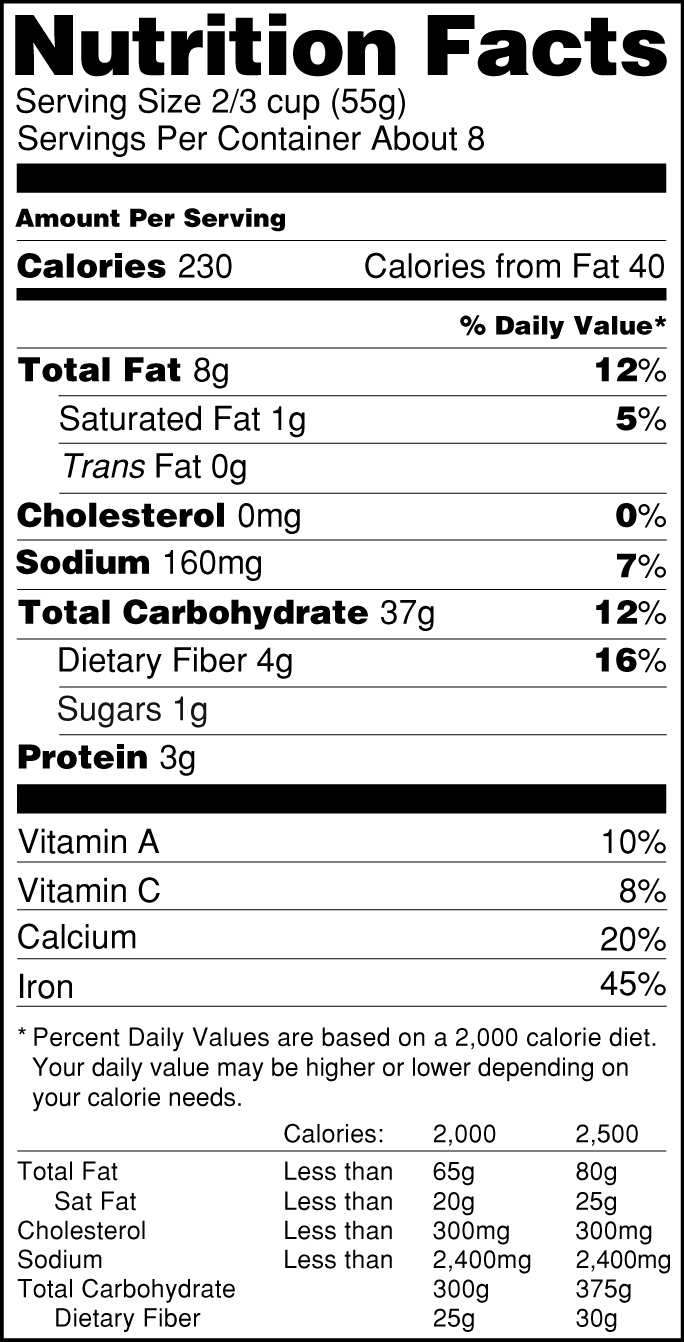
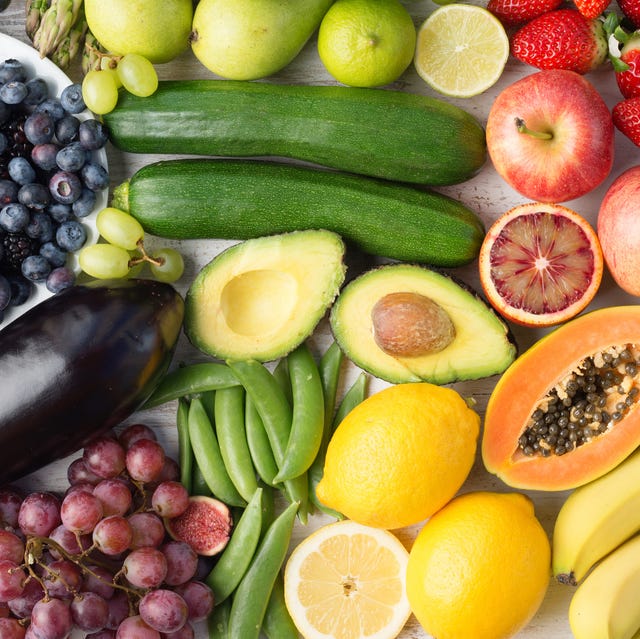

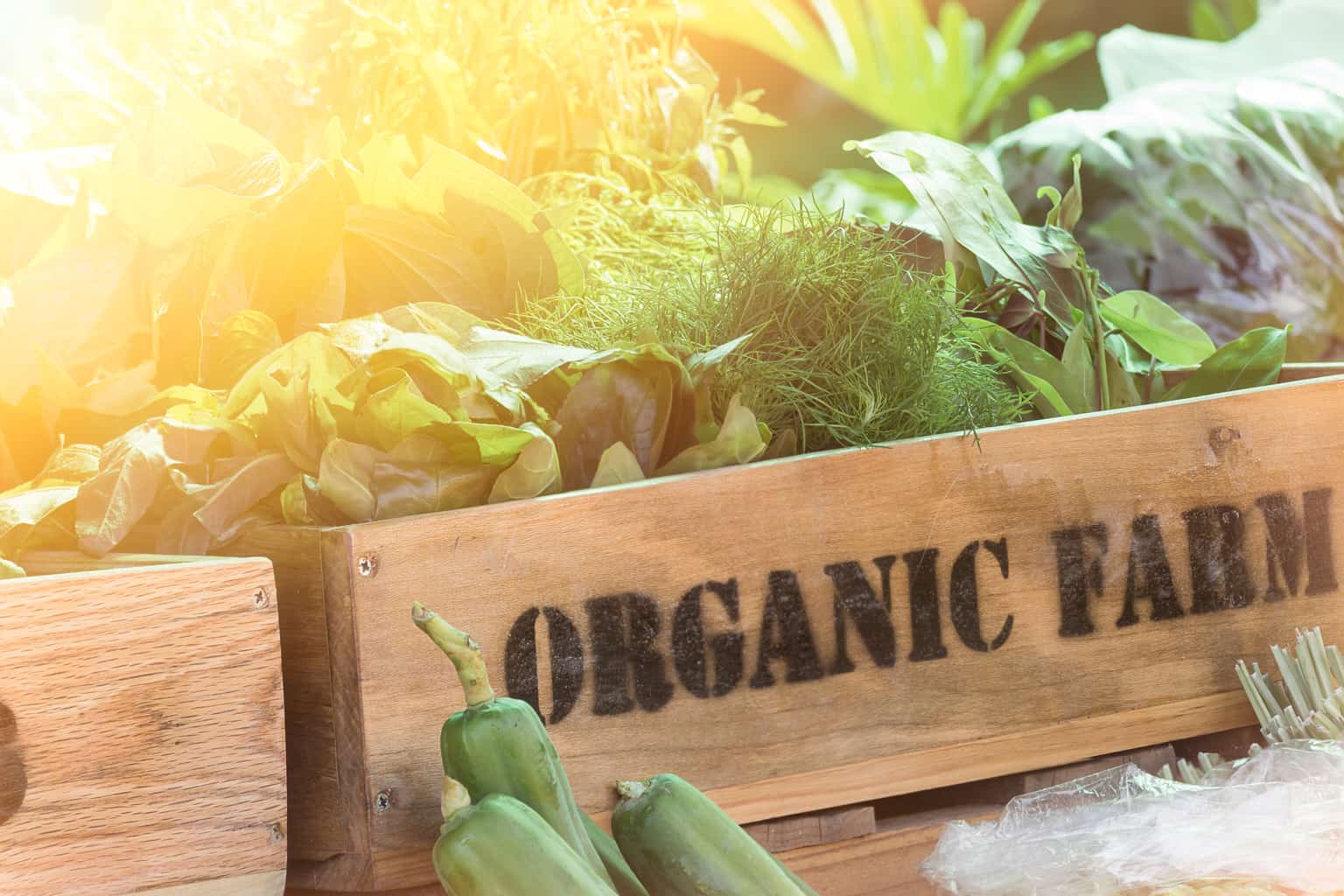
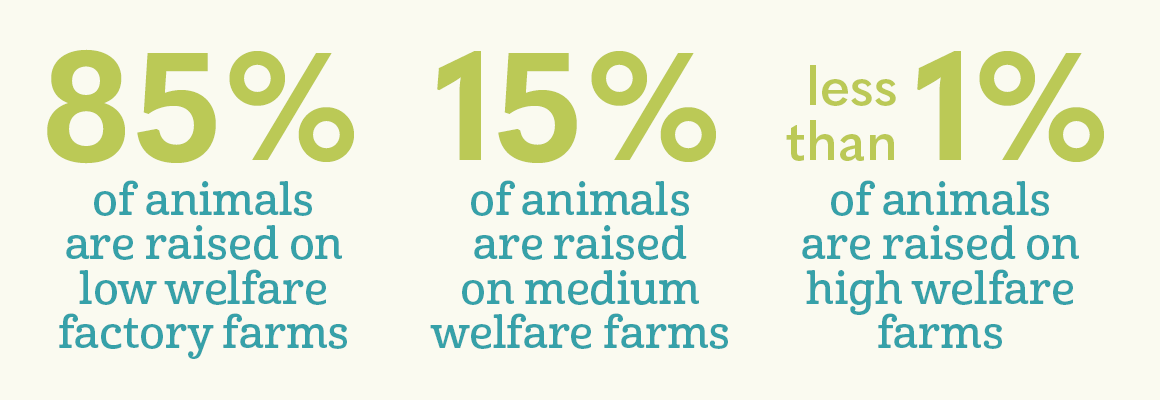
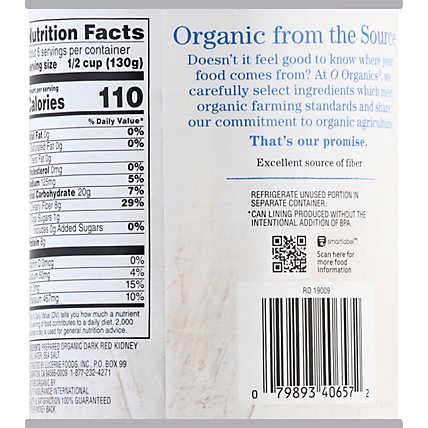

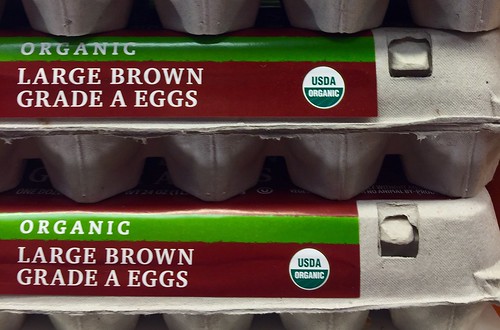


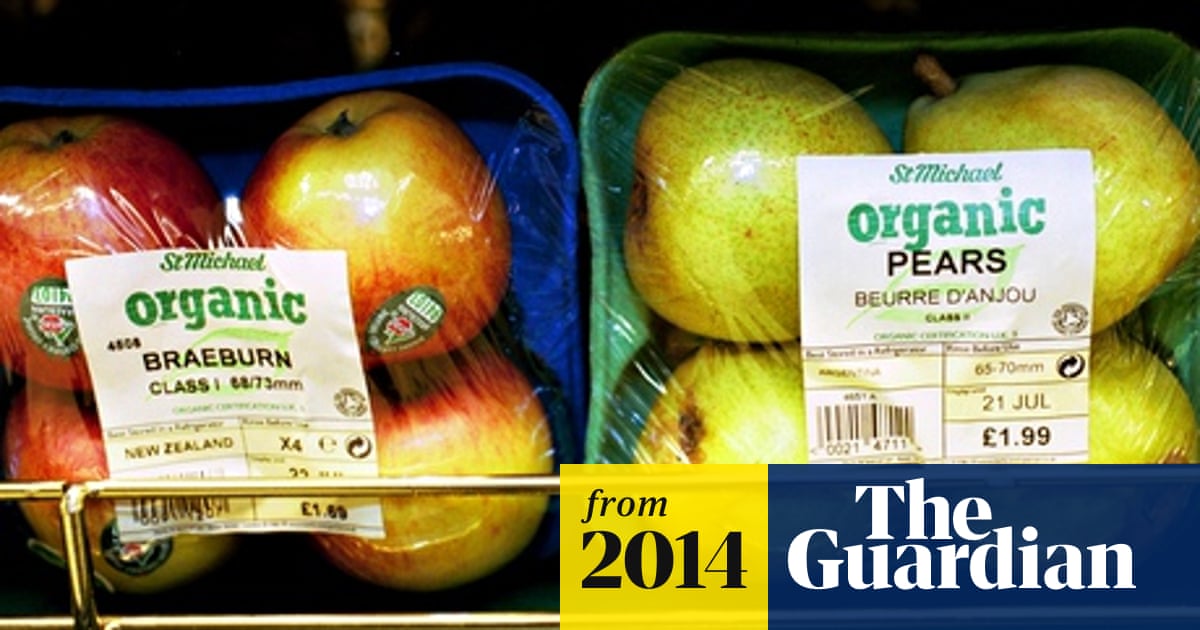
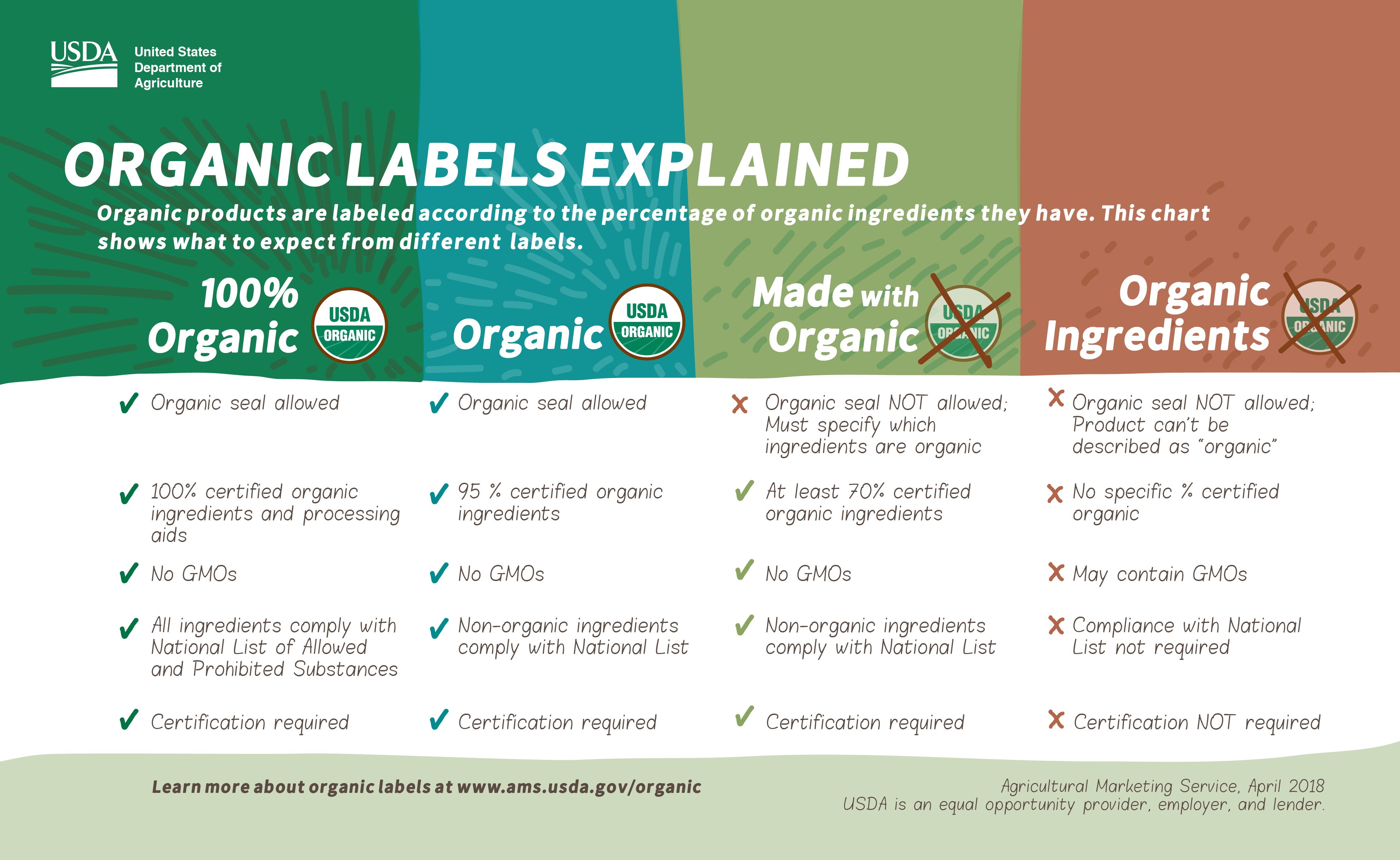
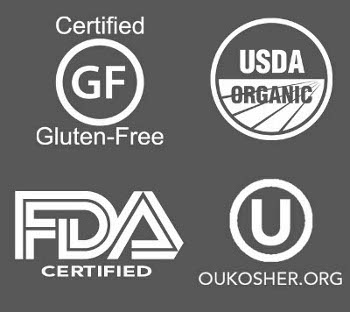

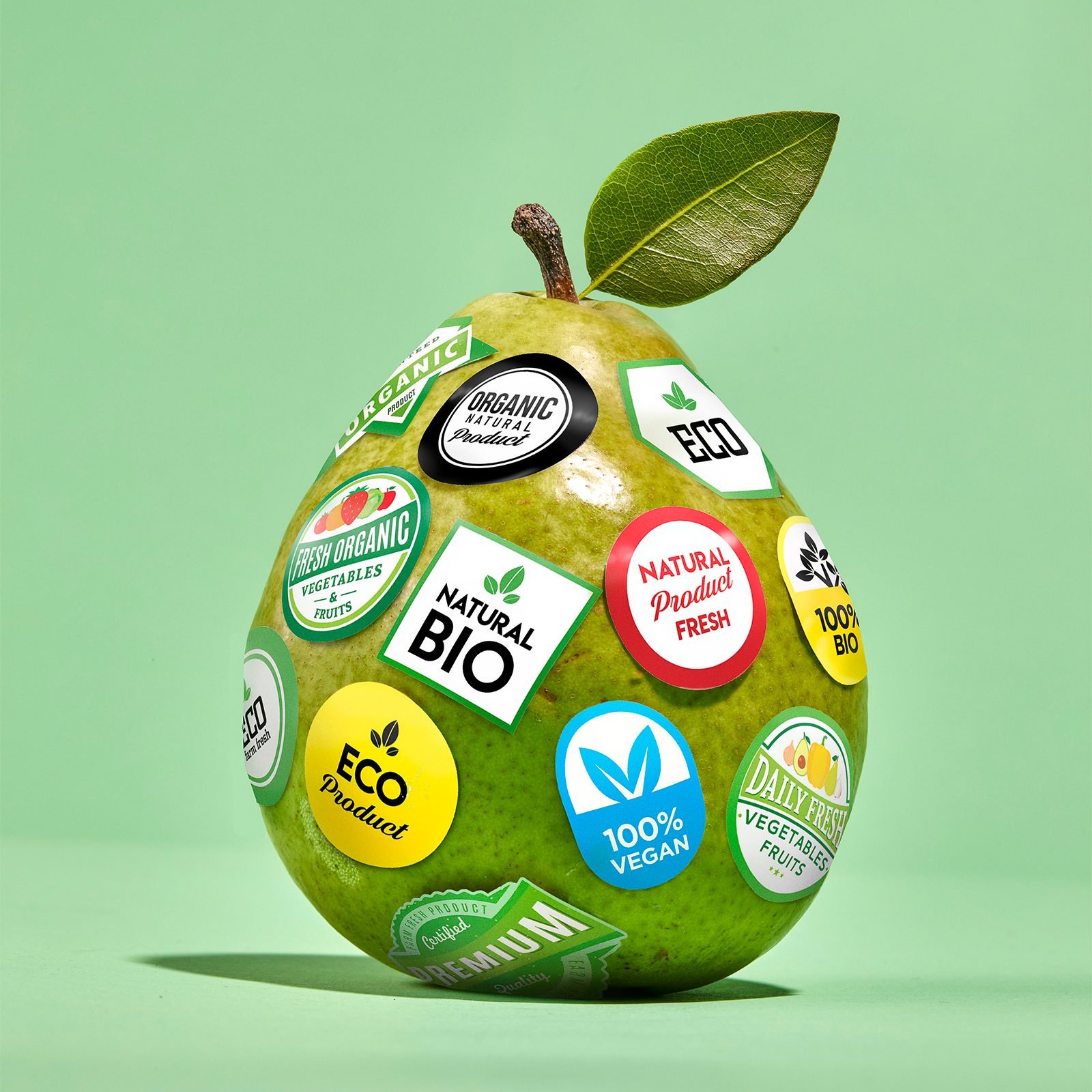


/cdn.vox-cdn.com/uploads/chorus_asset/file/13662514/Organic_Final_v1.jpg)

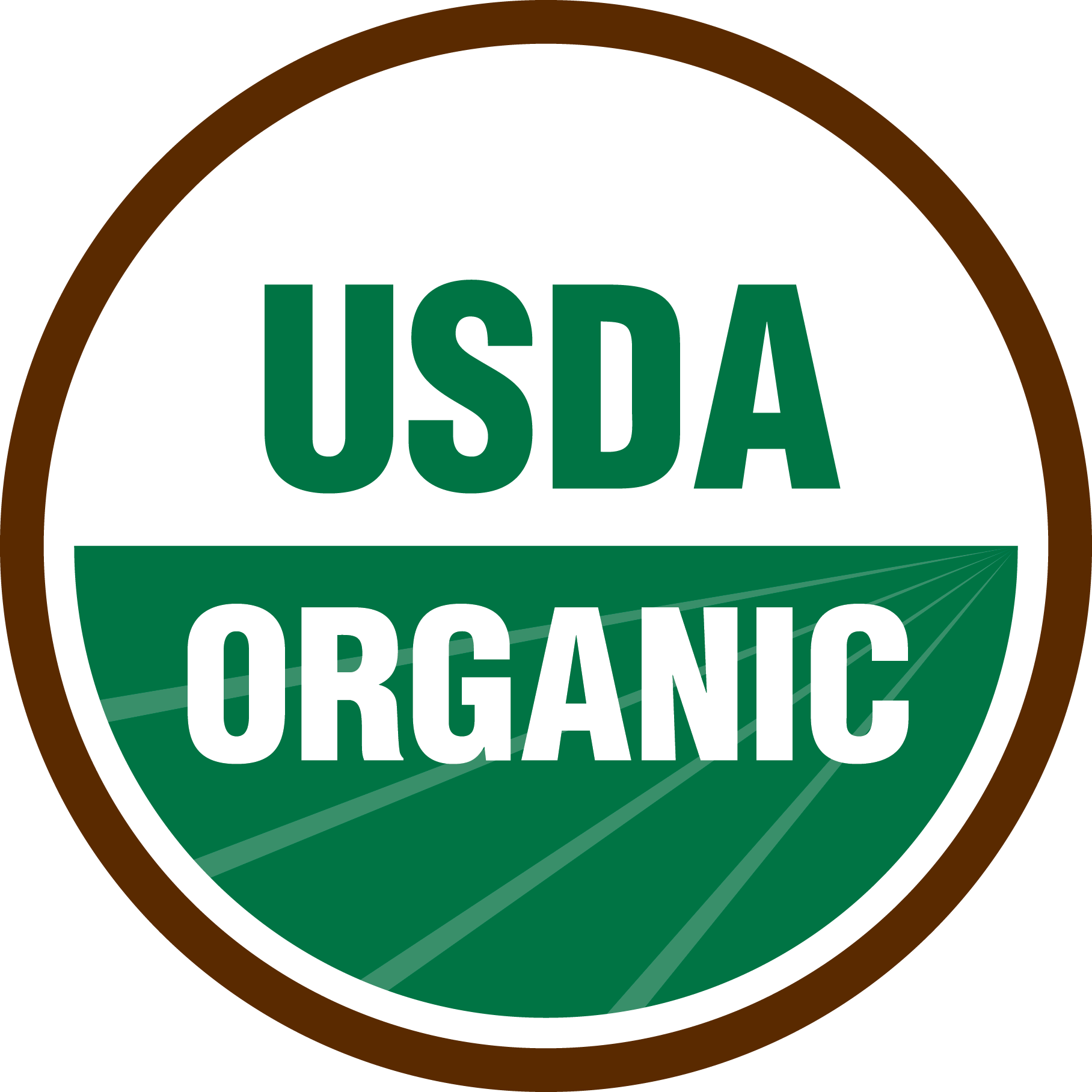

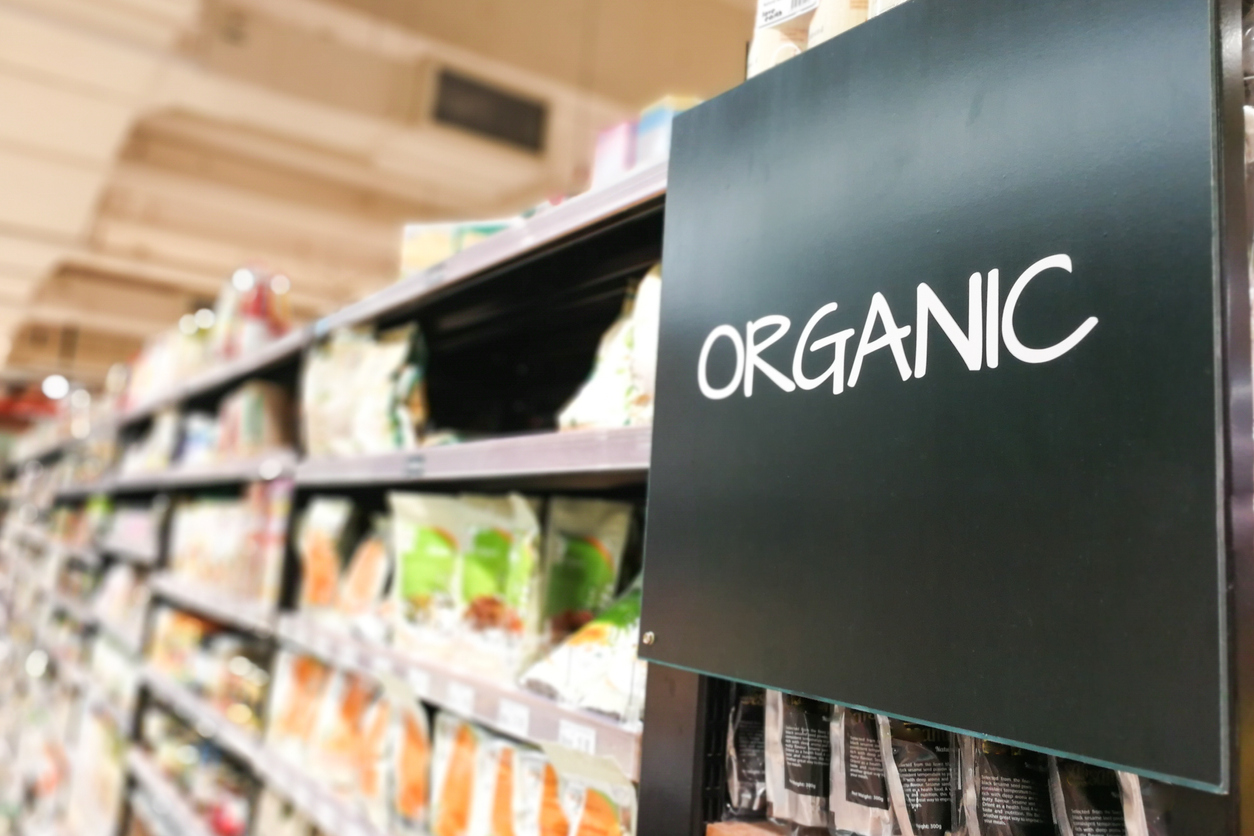
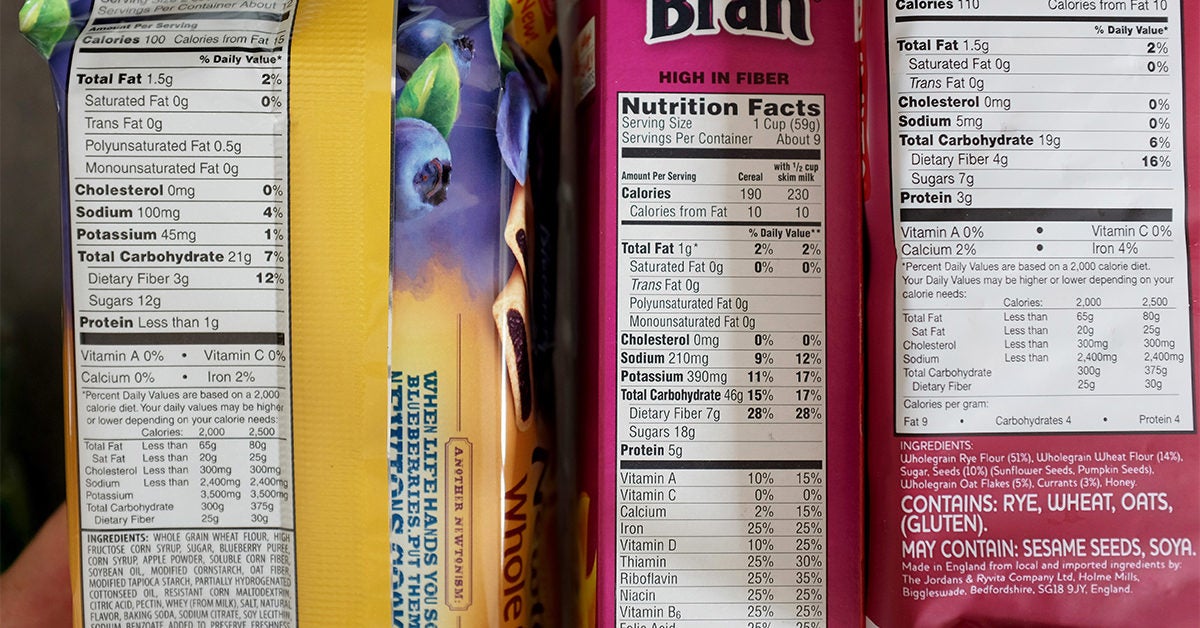


/whats-cracking-with-organic-eggs-1708923_V2-612c69a0d690498eb9ec4c7594b08445.png)
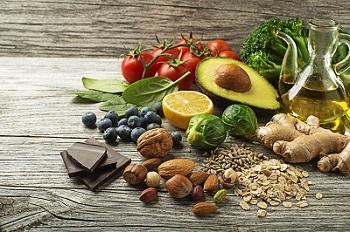
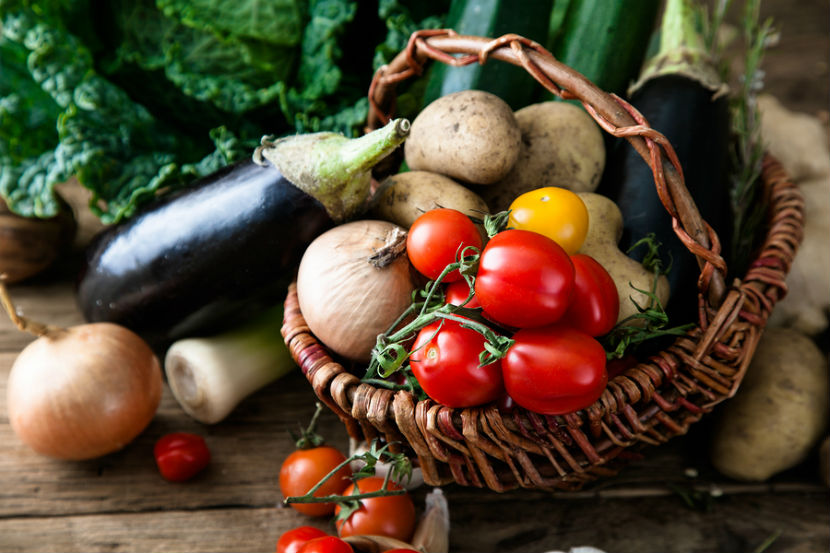






Post a Comment for "38 organic food standards and labels the facts"